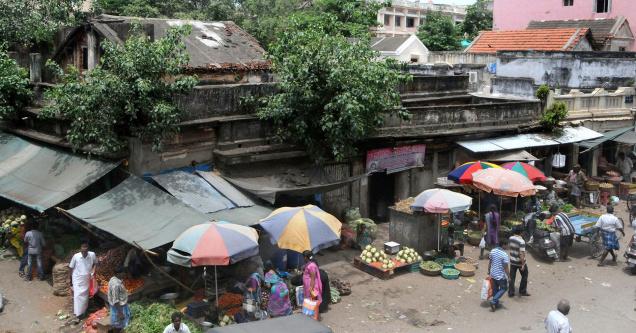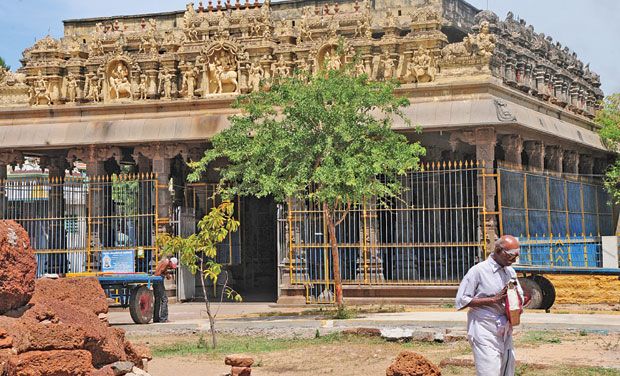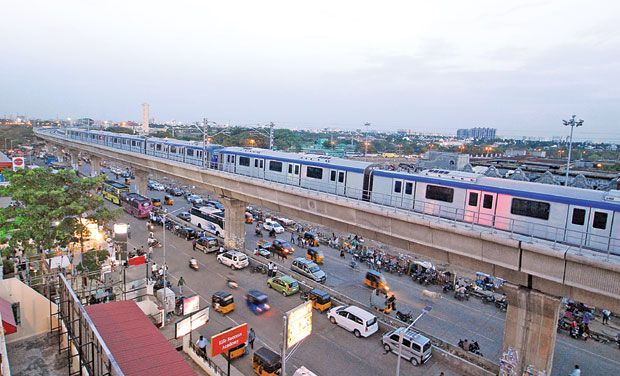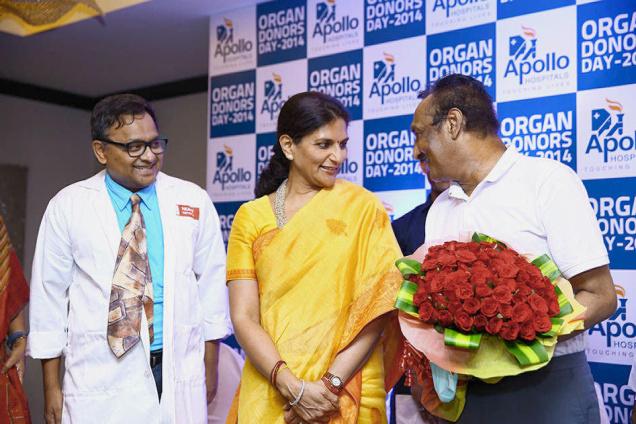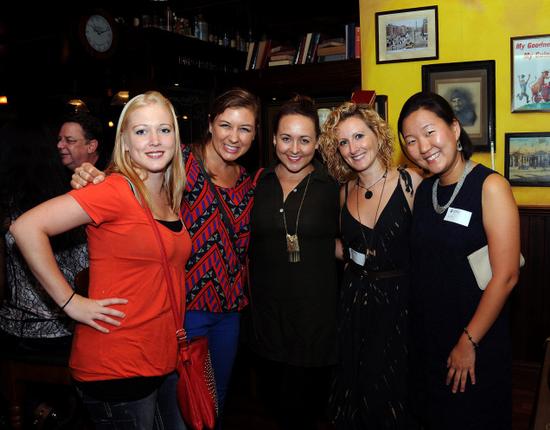
A number of people from Belgium, Spain, France, Russia, Germany, Japan, South Korea and several other countries call the city ‘home’
In 2004, when Lydie Vranken Abdulla, a native of Belgium, first came to Chennai, there were only about five buildings from Sholinganallur to Kelambakkam.
In the 10 years since, the city has grown along with her restaurant on ECR.
Mrs. Abdulla is part of a small community of Belgians who call Chennai home. As do a number of people from Spain, France, Russia, Germany, UK, USA, Japan, South Korea and several other countries.
“There is this perceived idea about Chennai — that it is a closed city. But for newcomers who have no existing network here, Chennai is both generous and easy to live in. If you interact with people here on a mutually respectful basis, they are more than interested in what you have to say,” says Bart De Groof, consul general, Consulate General of Belgium in Chennai.
The city has a long history of association with other countries — cultural organisations such as Alliance Francaise of Madras have been here since 1953, while the Goethe Institut was set up in 1960.
British Council too has been here for several decades, while the American Library opened here in 1947.
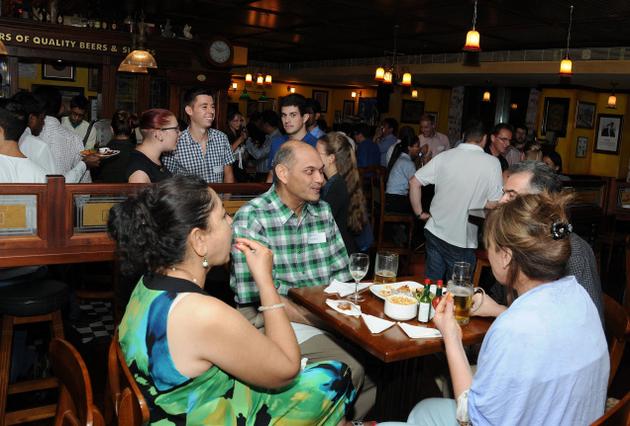
Over the last decade or so, however, as the city has grown as a business and corporate hub, people from several other countries too, have begun arriving — with some staying here for brief periods and others deciding to settle.
And it’s not just big businesses sending in their representatives — several foreigners have their own enterprises here too. Earlier this year, for instance, Serbian Bogdan set up a restaurant in T. Nagar, with chefs Jovan and Goran.
InterNations — an international community for people living and working abroad — in Chennai, has close to 3,000 members, from dozens of countries.
South Korean Sang-woo Alex Kim has spent almost four years in the city. Though he hates the mosquitoes and the weather, he is a fan of Indian food.
His colleague, Andrew Jung Min Pak, says that despite skin infections, water problems and food issues, he likes the city. “In Chennai, you can see the 1950s, the 60s, the 70s, and all the way up, until the present,” he says.
For American Cailin O’Connor, a teaching artist, it is the people here who have led her to love the city. She says something that is echoed by almost every expatriate — the people here are warm and welcoming, much more so than those in other cities.
And while for German Melanie B., the city may not be ideal, she says, “It always surprises me.”
While expatriates from each country have their own little communities and keep in touch, there’s also a lot of inter-mingling.
The food in Chennai calls out to some, while for others, it’s the history. But for almost all, the charm lies in what Mrs. Abdulla calls a variety of opposites — a combination of the traditional and the modern.
source: http://www.thehindu.com / The Hindu / Home> News> Cities> Chennai / Madras 375 / by Zubeda Hamid / Chennai – August 21st, 2014
